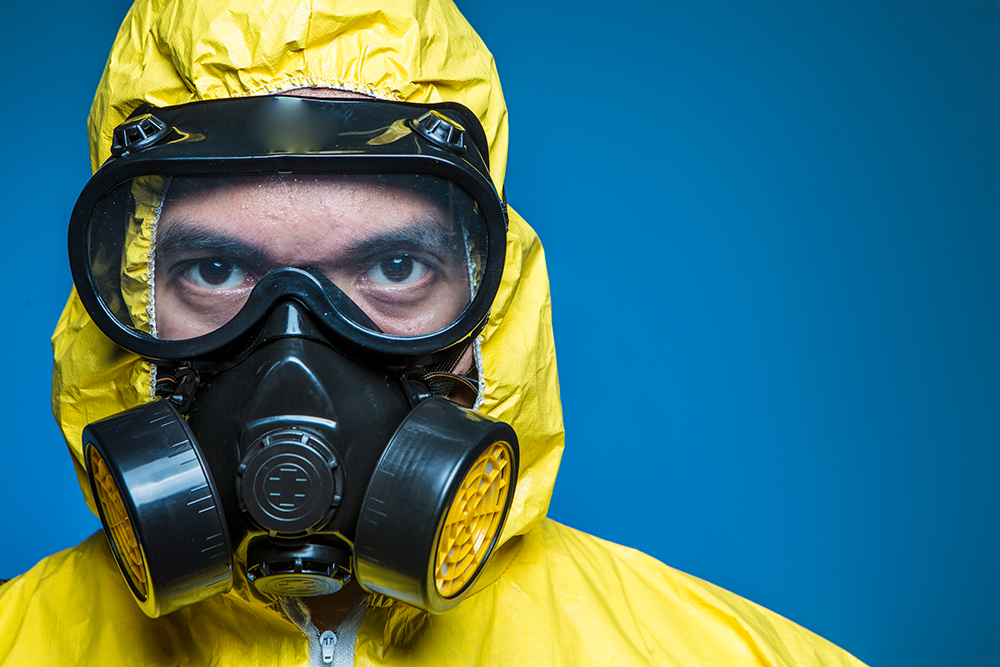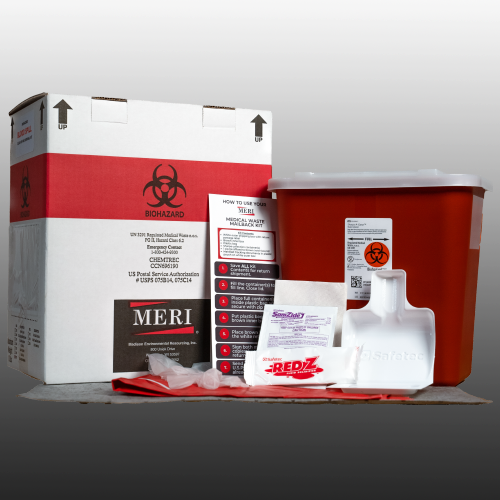Professional Homicide and Suicide Cleanup: Compassionate and Discreet Providers
Professional Homicide and Suicide Cleanup: Compassionate and Discreet Providers
Blog Article
Specialist Biohazard Cleaning and Decontamination for Blood, Bodily Fluids, and Hazardous Products
The potential health and wellness dangers linked with direct exposure to biohazards underscore the critical requirement for careful handling and thorough cleaning. As we navigate the detailed landscape of biohazard cleaning, recognizing the nuances of policies, compliance, and the customized tools at play ends up being critical in guaranteeing a thorough and risk-free purification process.
Health Dangers of Biohazard Direct Exposure
Exposure to biohazards presents significant health threats that can lead to serious consequences for neighborhoods and individuals alike. Biohazards encompass a variety of biological substances, including blood, bodily liquids, mold and mildew, bacteria, infections, and other possibly infectious products. When people enter contact with these biohazards, whether through mishaps, improper handling, or ecological direct exposure, they deal with the risk of contracting severe diseases or diseases.
Among the primary health risks connected with biohazard exposure is the transmission of contagious illness. Bloodborne pathogens such as HIV, hepatitis B and C, and various microorganisms can be present in biohazardous materials, presenting a direct threat to human health. Inhaling airborne biohazards like mold spores or entering into call with infected surface areas can also lead to respiratory problems, allergies, and other negative wellness impacts.
Additionally, biohazard direct exposure can have lasting health and wellness effects, with some conditions showing up years after the preliminary contact (Blood Cleanup). For that reason, it is crucial to prioritize proper biohazard cleaning and purification to mitigate these wellness threats and make certain the security of people and areas

Specialized Educating for Biohazard Clean-up
When it pertains to handling biohazard clean-up efficiently and safely, specialized training plays a basic duty in ensuring correct decontamination treatments are followed. Biohazard cleanup requires specific expertise and abilities to effectively reduce risks connected with bloodborne pathogens, bodily liquids, and dangerous products. Experts educated in biohazard cleaning undergo strenuous instruction on just how to safely deal with, remove, and dispose of biohazardous products to stop contamination and exposure.
Specialized training for biohazard cleaning covers a variety of necessary subjects, consisting of correct individual protective tools (PPE) use, bloodborne microorganism understanding, decontamination strategies, and contaminated materials disposal procedures. People educated in biohazard cleanup are furnished with the needed experience to examine contamination levels, recognize potential risks, and implement appropriate cleaning treatments in conformity with regulatory requirements.
Continual training and education and learning are extremely important in the field of biohazard cleanup to remain updated on the most current decontamination modern technologies, security procedures, and guidelines. By purchasing specialized training, biohazard cleanup professionals can efficiently react to emergency cleanup circumstances and safeguard both public health and wellness and the atmosphere.
Value of Proper Decontamination Strategies
Using appropriate decontamination strategies is important in biohazard cleanup to efficiently get rid of hazardous products and reduce wellness dangers. Effective decontamination not just makes certain the removal of visible traces of blood, bodily fluids, and various other biohazards but likewise targets invisible virus that may posture go to these guys significant health and wellness hazards otherwise appropriately removed. By following stringent decontamination methods, trained experts can significantly reduce the risk of exposure to hazardous microorganisms, infections, and bacteria that could bring about infections or illness.
Appropriate decontamination techniques involve the use of specific equipment and disinfectants that are especially made to counteract biohazards successfully. Complete cleaning and disinfection of contaminated areas are vital to stop the spread of microorganisms and make sure a safe atmosphere for owners. Additionally, the proper disposal of biohazardous waste following decontamination procedures is crucial in stopping contamination of other surface areas or individuals.

Equipment and Devices for Safe Clean-up
When dealing with blood, physical liquids, or dangerous products, biohazard cleaning professionals rely on specialized equipment to minimize exposure risks and thoroughly decontaminate the afflicted area. Additionally, biohazard cleaning sets including anti-bacterials, absorptive materials, and biohazard bags are made use of to safely contain and get rid of of contaminated things.
Advanced cleansing tools like hospital-grade anti-bacterials, HEPA-filtered vacuums, and fogging makers are employed to sanitize surfaces and get rid of biohazards efficiently. Specialized devices such as sharps containers and biohazard garbage disposal containers are utilized to securely manage sharp items and biohazardous waste materials. By utilizing the appropriate devices and tools, biohazard cleansing professionals can make certain a complete cleanup procedure that focuses on security and minimizes health and wellness dangers for both workers and residents of the affected room.
Regulations and Conformity in Biohazard Cleansing
Appropriate adherence to regulations and compliance criteria is vital in biohazard cleansing to ensure the security of both employees and the environment. Federal government firms such as OSHA (Occupational Security and Health Administration) and the EPA (Epa) have actually established specific guidelines for biohazard cleanup procedures to lessen wellness dangers and ecological contamination. These policies cover a variety of facets including the handling, transport, and disposal of biohazardous products, as well as the essential training and protective tools required for personnel included in the cleaning process.
Biohazard cleaning business need to remain current with these policies to guarantee that their procedures meet the called for safety standards. Failing to adhere to these regulations can lead to severe repercussions, consisting of fines, lawful action, and threatening the health of biohazard cleanup mesa individuals and the setting. By complying with rigorous guidelines and conformity actions, biohazard cleansing companies can effectively reduce dangers and make sure a complete and secure cleanup procedure for all celebrations entailed.
Final Thought
To conclude, biohazard cleansing and purification need specific training, correct methods, and adherence to guidelines. Exposure to blood, physical liquids, and unsafe materials poses significant wellness dangers, making it essential to make use of the appropriate devices and devices for safe cleaning. By adhering to rigorous methods and standards, experts can successfully reduce the dangers associated with biohazard exposure and guarantee the safety and security of both themselves and others.
As we navigate the elaborate landscape of biohazard clean-up, recognizing the subtleties of regulations, compliance, and the specialized devices at play becomes crucial in ensuring a risk-free and complete purification process. crime scene cleanup training (Blood Cleanup)
When it comes to managing biohazard clean-up effectively and securely, specialized training plays a basic role in ensuring proper decontamination procedures are followed.Utilizing correct decontamination techniques is vital in biohazard cleaning to properly reduce and eliminate harmful materials health dangers. Additionally, biohazard cleaning sets containing disinfectants, absorbent products, and biohazard bags are used to safely dispose and include of polluted products.
Government agencies such as OSHA (Occupational Safety and Health And Wellness Administration) and the EPA (Environmental Protection Firm) have actually developed certain standards for biohazard cleaning procedures to lessen health and wellness threats and environmental contamination.
Report this page